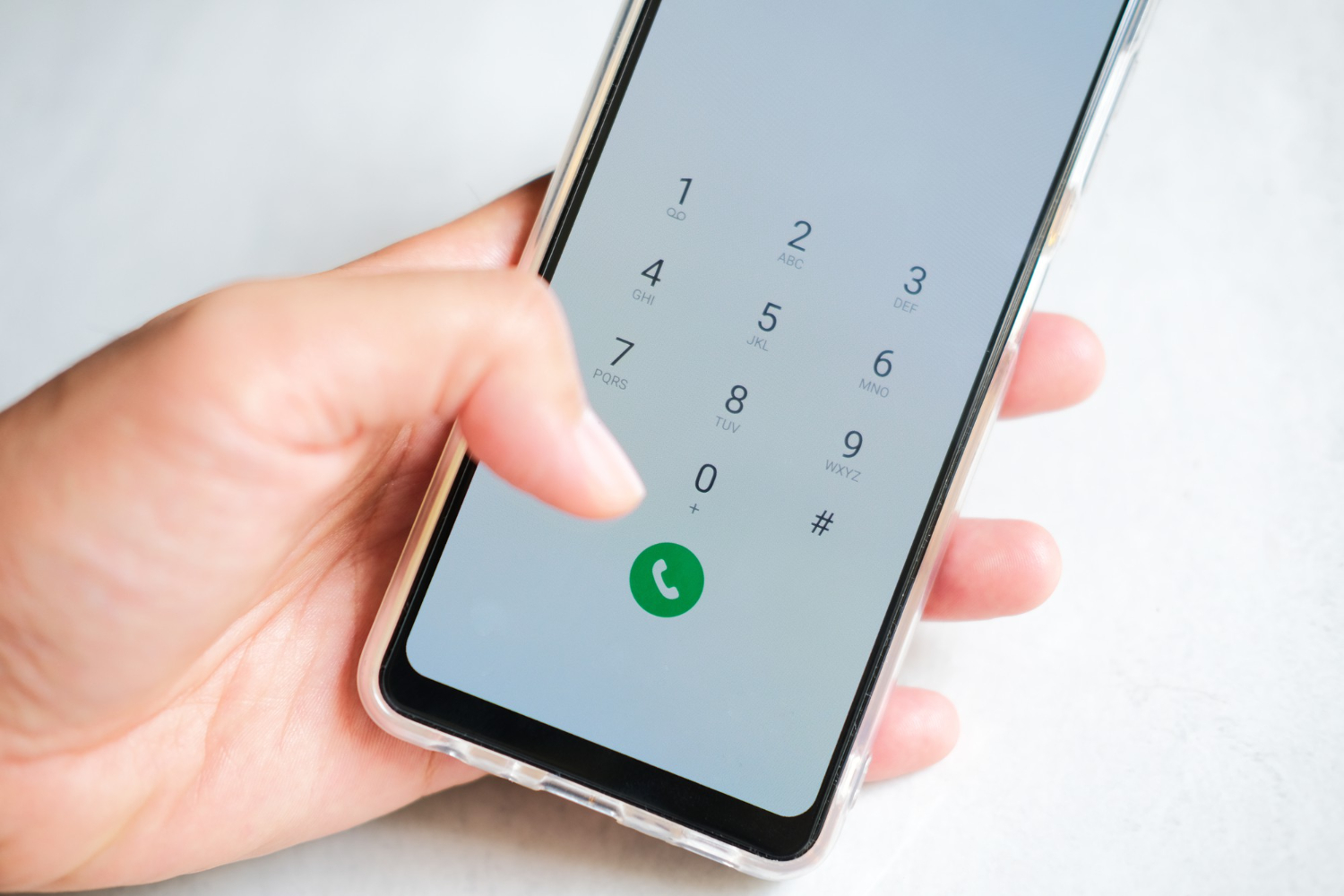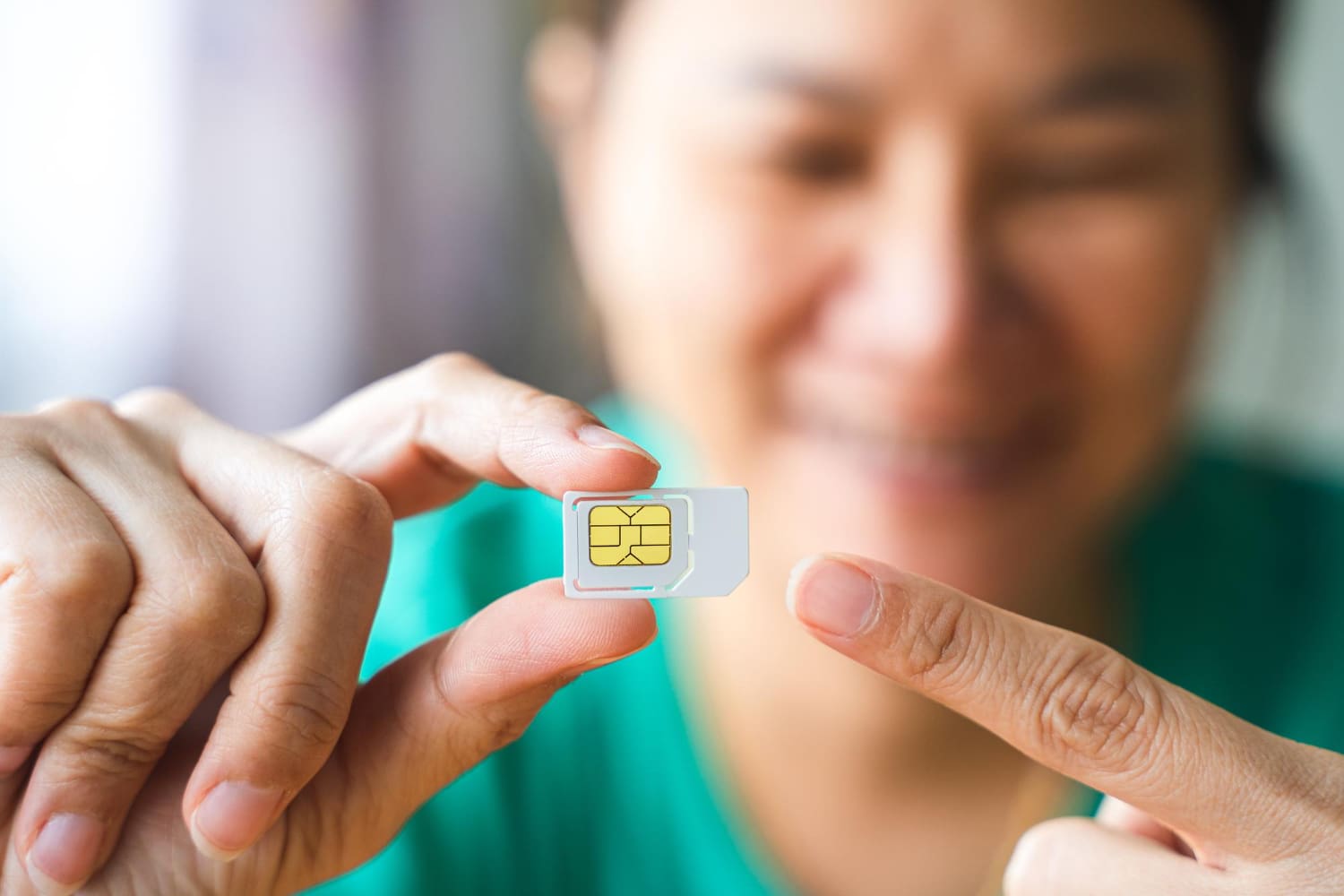As we enter 2026, staying connected has never been more important—whether you’re a student abroad, a remote worker, or a business owner. One of the most versatile tools for global communication today is the virtual phone number. But how do you get one? And can you really find free virtual phone numbers that work reliably?
In this guide, we explain how to get a virtual phone number, what makes it different from a traditional number, and how you can get started—without spending a penny.
What Is a Virtual Phone Number?
A virtual phone number is a cloud-based number that isn’t tied to a specific phone line or SIM card. Instead, it uses VoIP (Voice over Internet Protocol) to route calls and texts over the internet. You can use a virtual number on your mobile, tablet, or computer—perfect for people constantly on the move or managing multiple communication lines.
Common Types of Virtual Numbers:
- Personal use: For students, freelancers, or digital nomads who need local numbers abroad.
- Business use: Ideal for startups, remote teams, or global customer support.
- Global numbers: For receiving calls from international clients or services.
Unlike traditional phone numbers, virtual options are more flexible, often cheaper, and don’t require you to be physically present in a specific country.
Why Use a Virtual Phone Number?
There are plenty of reasons to opt for a virtual number over a traditional SIM-based one:
- Privacy: Keep your personal number private while giving out a virtual line for business or registrations.
- Professionalism: Present a local presence in your target market by using country-specific numbers that make your business more approachable and trustworthy.
- Cost-efficiency: Avoid roaming charges and enjoy competitive call rates.
- Flexibility: Use it across devices, forward calls, and access voicemail or transcripts easily.
For international students, freelancers, or remote companies, a virtual number can streamline communication without breaking the bank.
How to Get a Virtual Phone Number – Step-by-Step
If you’re wondering how to get a virtual phone number, here’s a simple step-by-step breakdown:
- Research Providers: Look into platforms like Cooee, EasyRinger, VoIPLine, or OpenPhone. Each has its pros and cons depending on your location and use case.
- Create an Account: Sign up on the chosen provider’s website or app. You may need to verify your identity with an email address, mobile number, or ID.
- Choose Your Number: Select a country or region and choose from available numbers.
- Configure Settings: Set up voicemail, call forwarding, or integrations (like Slack, email notifications, etc.).
- Start Using It: Begin making or receiving calls/messages on your device. Some services also allow usage directly from a browser.
This is the easiest and most accessible way to get started with a virtual phone number in 2026.
Top Platforms Offering Free Virtual Phone Numbers
Here are some services where you can get free virtual phone numbers—either permanently or on a trial basis:
- Cooee: Ideal for international students, remote users, and digital nomads. Offers cost-effective global connectivity, seamless OTP delivery, and quick setup. A standout for overseas banking, job applications, and reliable VoIP calling. Unlike some platforms, it offers consistent call quality, secure SMS delivery, and strong customer support.
- CallHippo: Known for global reach and a user-friendly dashboard, but some users report issues like dropped calls, limited real-time analytics, and a lack of advanced automation features.
- EasyRinger: Known for simplicity and reliable call forwarding. Best suited for personal and small-scale business use.
- VoIPLine: Strong business-grade features with integrations and multi-user support. Available in multiple countries.
- OpenPhone: Offers a 7-day free trial and strong business-focused tools like shared inboxes and CRM sync.
Pros & Cons Snapshot
| Platform | Pros | Cons |
| Cooee | Global support, OTP-ready, secure, super affordable | Focused on essential features—no clutter or overly complex tools. |
| CallHippo | Global reach, user-friendly UI | Lacks deep automation, occasional call lags |
| EasyRinger | Simple, effective forwarding | Limited advanced features |
| VoIPLine | Business features, integrations | Business pricing structure |
| OpenPhone | Team tools, integrations | Trial only, then paid |
Tips for Choosing the Right Virtual Number Provider
With so many options out there, how do you decide?
- Call Quality: Test if the audio is clear and the connection is stable.
- Device Compatibility: Ensure it works across mobile, desktop, and browser.
- Security: Look for encryption and two-factor authentication.
- Features: Voicemail, SMS support, multi-user access.
- Cost: Some offer free virtual phone numbers, others start with low monthly fees.
If you’re a student or individual, pick a provider with good support and simple setup. For businesses, opt for advanced features like CRM integration and number sharing.
Conclusion
A virtual phone number is no longer a novelty—it’s a necessity in 2026. Whether you’re managing global clients, applying for jobs abroad, or setting up secure OTP access, a virtual number keeps you connected across borders.
Want to know how to get a virtual phone number without spending anything? Try platforms that offer free virtual phone numbers to get started and upgrade as needed.
Ready to get started? Contact us today and try it out yourself!
Common FAQs About Virtual Phone Numbers
Can I get one without a SIM?
Yes! That’s the entire benefit. Virtual numbers operate via the internet and don’t need a SIM card.
Is it secure to use?
Reputable providers use encryption and secure storage. It’s as safe as using apps like WhatsApp or Zoom.
Can I use it internationally?
Absolutely. That’s why virtual numbers are popular—they’re accessible from anywhere with Wi-Fi.










